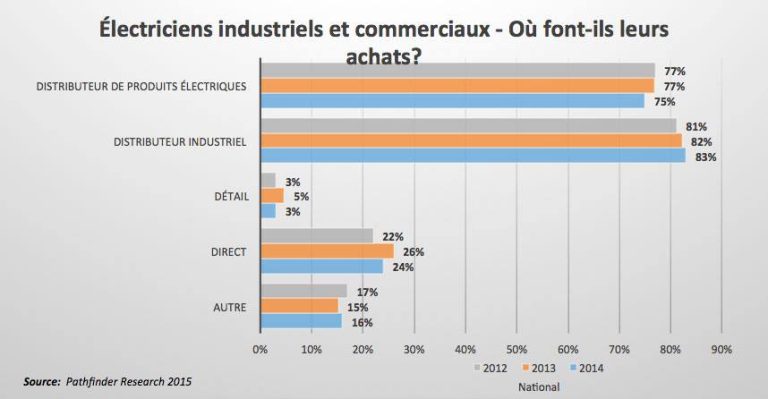Chauffage résidentiel : Quelques trucs – 1re partie

L’une des façons les plus simples, les plus efficaces et les moins coûteuses de chauffer une résidence aujourd’hui est le chauffage électrique. Vous pouvez demeurer de la naissance à la vie adulte avec les mêmes plinthes électriques. Toutefois, même si les plinthes électriques peuvent résister à l’épreuve du temps, elles ont tout de même une certaine durée de vie et devront éventuellement être remplacées. Quand il est temps pour vos clients de les remplacer, quelles sont les options pour chaque pièce de la maison?
Home Heating Tips, Part 1
One of the simplest, inexpensive and efficient types of heating in today’s market is electric heating. You may have lived in a home from childhood to adulthood furnished with the same electric baseboards. Even though electric heaters can stand the test of time, they do have a life expectancy and eventually will have to be replaced. So when is it time for your customers to change their electric heaters? What replacement options do they have for the typical rooms in their home?
The resistance of the elements in electric heaters will increase with age; this will result in decreased power and ultimate failure. Such failure represents the normal life of the elements. Your customers will need to replace their old heaters if the elements inside become damaged or corroded. The first sign will be a lack of heat. Users may increase the demand on their thermostat but ultimately the electric heater takes far too long to warm the room or may never reach the temperature desired. It’s also worth considering replacement to improve safety because newer models come with thermal protections that automatically shut off the heater if the internal temperature exceeds the high temperature limit.
When choosing a heater, it’s important to think about the requirements of each area. Older homes with upgraded windows, doors and insulation will likely require less wattage than previously. Do a heat loss calculation to determine the wattage required for all the rooms in the home. This calculation can be done using online calculators that can be found on heating manufacturer’s websites. You can find an example at http://en.stelpro.com/site/home_pub.asp. Here are recommendations for choosing suitable products for specific rooms:
Bedroom
In order to have good night’s sleep and avoid any fan noises, opt for the silent option. For a bedroom or ensuite, stay away from fan forced heaters since there is a motor running in the unit. The ideal solution would be a convector, baseboard or radiant heater.

Baseboard heaters can be placed under windows. They will play the role of a draft barrier and also keep the room warm. High density convector units are also a great option if the customer has lots of furniture and little wall space. The convector literally pushes the hot air directly to the front and upwards. In doing so, this action produces a perceptible air circulation in the room where the convector is installed.
Finally, we have the electrical radiant heater as an option. It can be installed above the bedroom window and angled downwards for spot heating. Objects in the direct pathway of the infrared rays absorb the energy instantly. Once these objects warm up they radiate heat to other objects in the room.
Bathroom
On a cold winter morning when customers step out of the shower they get the shivers! With electronic convector units they will step out into a nice, warm bathroom. Convectors are high density heaters that pack a lot of punch in a small box. Convectors have two built-in options: convector mode or fan-forced mode. Customers can set the built-in thermostat to whichever temperature they want the bathroom to be and it will be maintained with this silent convector mode. Your second option is a built-in timer that will allow the maximum output of heat for a duration of time. The timer will allow the unit to function in fan-forced mode guaranteeing a warm room when the customer steps out of the shower.
Kitchen
Kitchens may lack wall space due to cabinets, so a kick-space, ceiling or convection heater may be viable options. A kick space heater allows for easy installation in narrow spaces, such as under the kitchen cabinets. With appliances and cabinets it is unlikely that you will find enough wall space to install a five-foot baseboard heater. A convector could be another solution in the kitchen. With high, low, and medium sized models available, you will surely find a suitable unit. The third option would be a ceiling heater. If there is absolutely no wall space, the ideal solution would be a residential ceiling fan heater. The units can be recessed in the ceiling and are an excellent way to provide uniform heating.
Watch for heating tips for other parts of your customers’ homes in the next issue of EIN.











